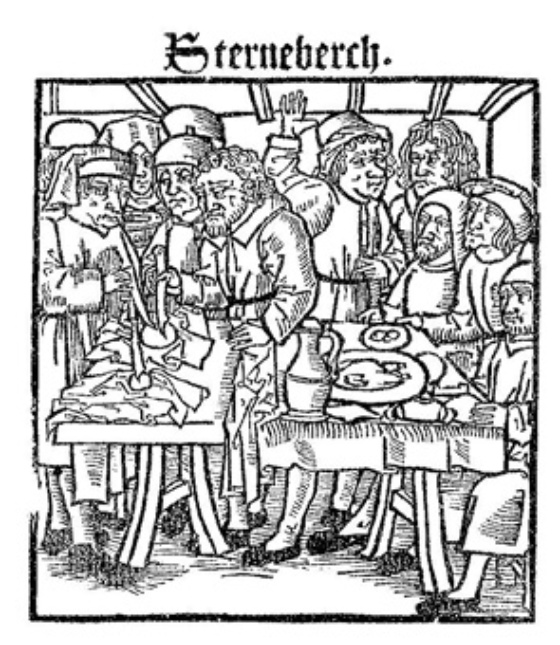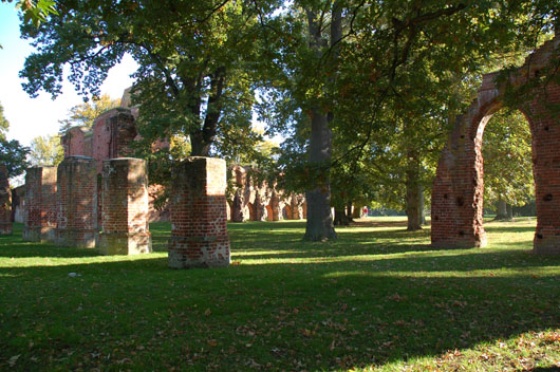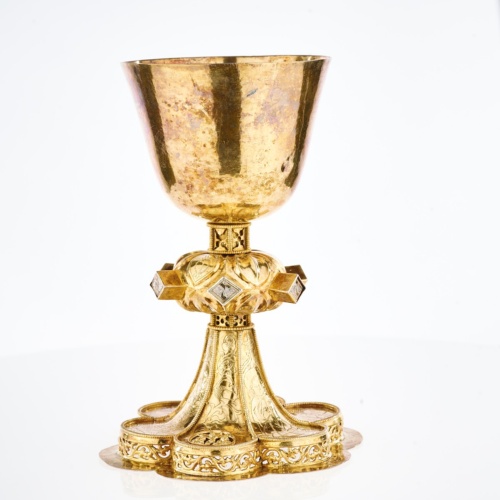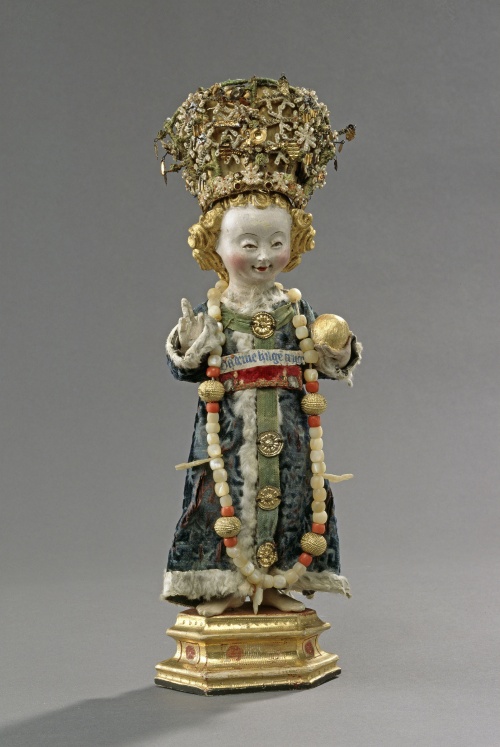The secular world mixed with the church. In 1483 Duke Magnus wanted to convert St. James’ church in Rostock into a collegiate church and thus strengthen his influence over the city. The dispute with the city lasted for eight years.
In 1492, 20 Sternberg Jews were burned because they had allegedly pierced the consecrated sacramental bread and the remaining Jews were expelled from the state. Yet the sacramental breads found a place in the town‘s parish church as “holy blood.” Pilgrimages characterised religious practices at the end of the Middle Ages. Pilgrims travelled throughout Europe. Churches and chapels received countless donations for the soul.



